Running shoes and cross training shoes may look eerily similar, but they don’t perform the same function. Although in some instances, running and cross training shoes can be used interchangeably, you won’t get nearly as much performance by doing this. Whereas running shoes are geared specifically to the sport of running, cross training shoes are more all-encompassing, providing functionality for a broad range of physical activities and training purposes. If you find yourself playing a sport almost exclusively, it would be way better to invest in a pair of specific athletic shoes instead of using cross training shoes as it gives you better overall performance. But I know what’s on your mind, you’re wondering what is the difference between running and cross training shoes, am I right? This short little guide will help you understand each type of shoe better.
What Is The Difference Between Running and Cross Training Shoes?
Running Shoes Cross Training Shoes
Upper Upper
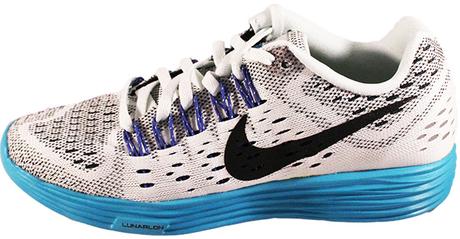
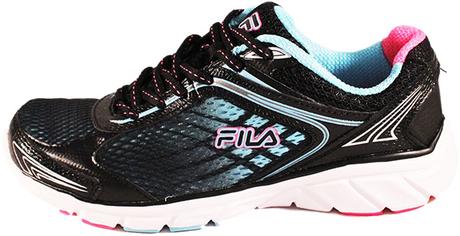
- Generally, the upper of running shoes are a lot more lightweight and breathable, often featuring lots of mesh
- The upper of a running shoe is a lot less rigid than what can be found on a cross training shoe, as lateral support is not a necessity for the sport
- The upper of cross training shoes are really form-fitting, providing better lateral support whereas running shoes don’t really need it
- Often a combination of synthetic leather and mesh
Midsole Midsole
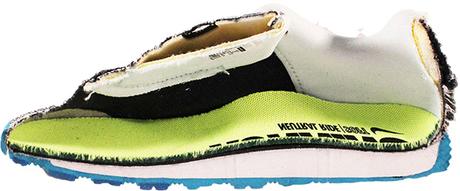
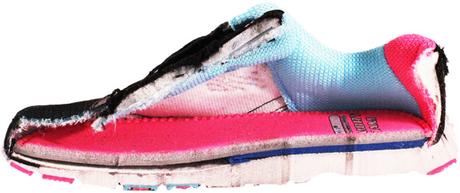
- The midsole cushioning can vary depending on the individual’s preferences, but typically running shoes feature firmer cushioning for response and shock absorption. Often thicker in the arch and heel area
- Some running shoes make use of a shank which sits between the insole and midsole and offers better support and stability
- The midsole cushioning in a cross training shoe tends to be a bit softer, as these shoes aren’t meant for running long distances. This provides the adequate amount of comfort and shock absorption for training
Outsole Outsole
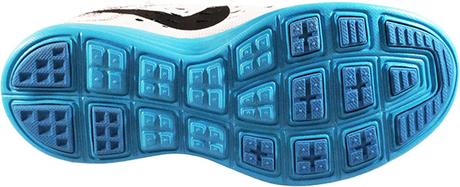
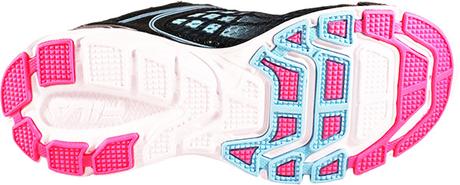
- Traction plays a huge role in the outsole of a running shoe. Tread patterns can differ depending on if they will be used for road running or trail running, but typically features protruding lugs or rubber nubs for traction
- Lots of flex grooves help to increase the overall flexibility of the shoe for full range of motion
- The outsole of cross training shoes also provide superior traction, but not specifically for road or trails but for a variety of surfaces, whether indoor or outdoor
- Oftentimes, the base of the outsole is a bit wider than that of running shoes to provide more stability when training
- Compared to running shoes, the tread of cross training shoes is a lot flatter to cater to a variety of sports

